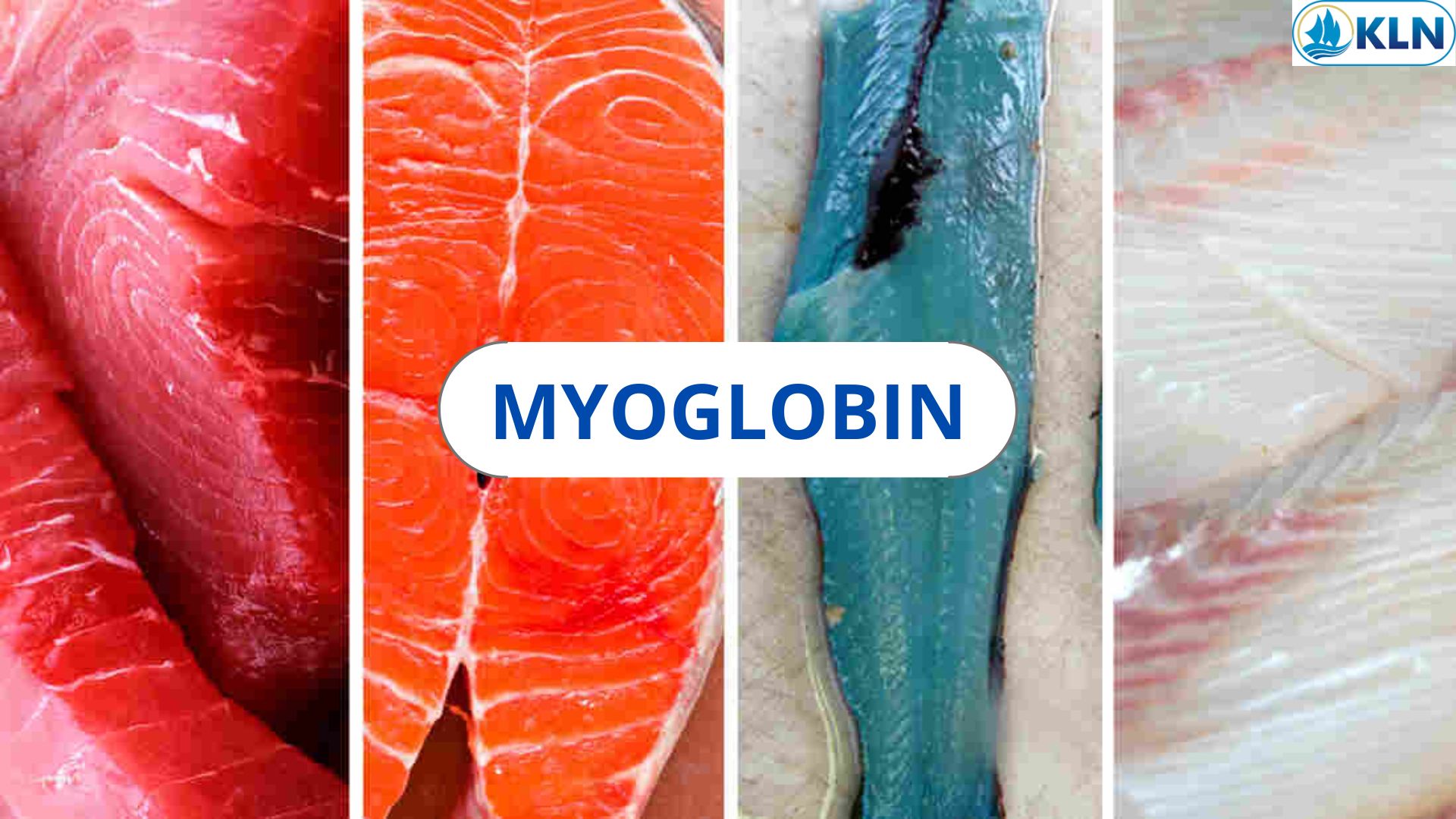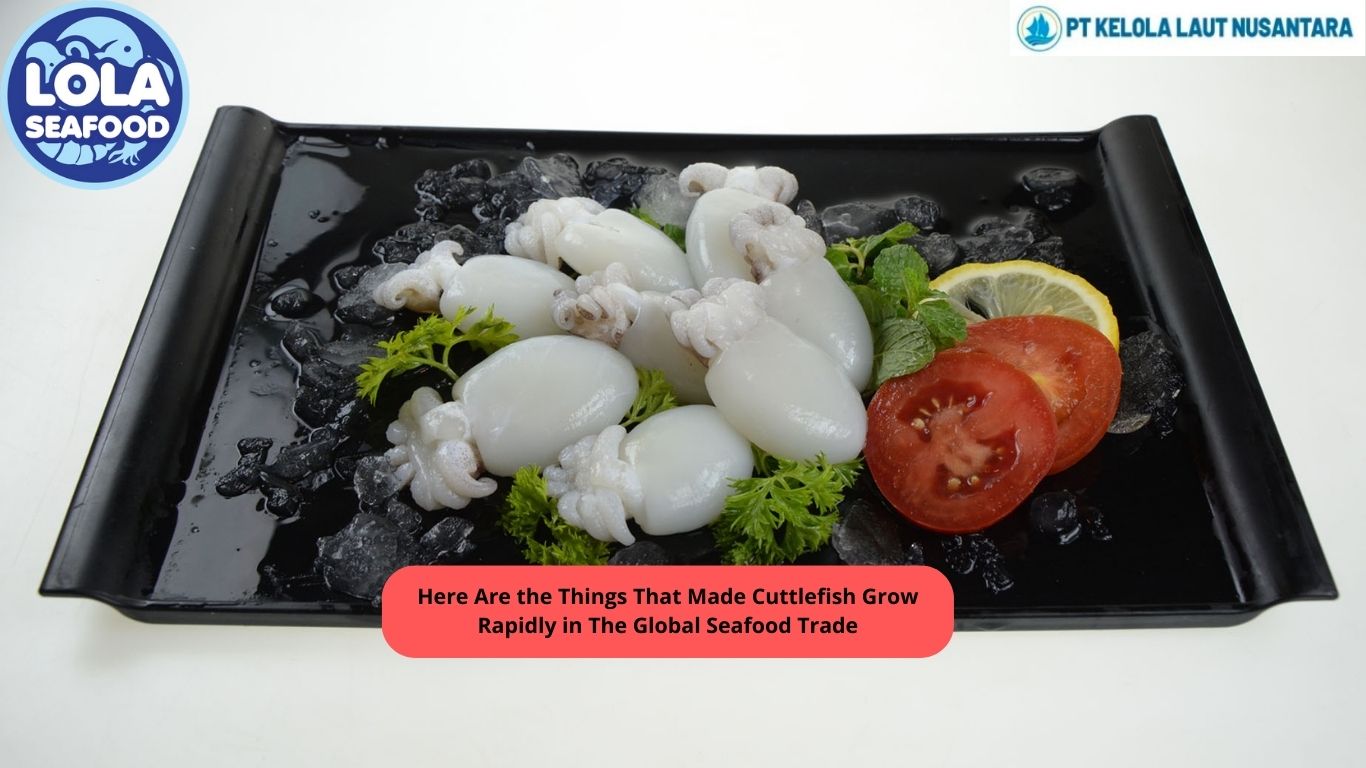MYOGLOBIN
By. Najih - 14 May 2024
Myoglobin is responsible for storing oxygen in a fish’s muscles and it has a red and white muscle pigment. Fish flesh (meat) that is red is made up of muscles that are very active and therefore require a lot of oxygen. Therefore, they contain a lot of myoglobin which adds the red colour to the flesh.
Since fish float and do not require constant energy to support their skeletons, most fish flesh is white. Even in white flesh fish there will usually be some red meat around the fin or tail which is used for swimming. Alternatively, fish that swim long distances, such as tuna, need more oxygen flowing through their muscles and therefore tend to have red flesh.
RED MUSCLE
The red muscle usually lies directly under the skin along the side of the body and, in certain active species, also in a band near the spine. The red muscle is similar to the heart muscle in that it is rich in mitochondria, is well supplied with capillaries, has a higher content of myoglobin, and hence has greater oxygen availability. This makes red muscles suitable for slow and continuous swimming. The red muscle cells primarily rely on aerobic metabolism (using oxygen) to provide energy for consistent muscle work and are richer in lipids, nucleic acids, myoglobin, and vitamin B compared to white muscle cells.
WHITE MUSCLE
Depending on the activity level of the fish and the speed required for swimming, the proportion of red to white muscles varies. With increasing speed, the involvement of the white muscle increases as well. Compared to red muscle, white muscle has thicker fibers and possesses fewer capillaries leading to less blood flow, hence reduced oxygen availability. These muscles contract rapidly and less sustainably, having an anaerobic metabolism (not using oxygen). This attribute makes them suitable for sudden, quick movements needed for escaping from a predator or for catching prey before they exhaust their supply of glycogen and need to rest. The mitochondria density in white muscle cells is approximately five times less than in red muscle cells. Most of the fish found in freshwater that are a slow-moving or bottom-feeding type have predominantly white muscles.
.jpg)
 (1).png)


.jpg)
.jpg)
.jpg)

 (3).png)